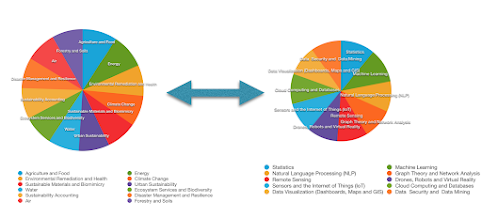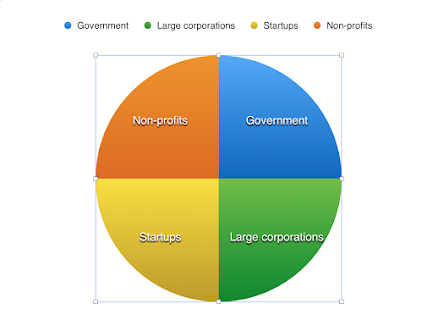Live event Announcement : Feeding the world with data science at Sacramento, CA
I'm excited to have been invited by the organization "Women in Big Data" to talk about data science, agriculture, the environment and all the associated challenges. The symposium is on Wednesday, September 18th at Sacramento, CA and you can expect a lively discussion with me and three other experts on the panel! If you're interested, event details are at https://www.eventbrite.com/e/symposium-using-data-to-sustainably-feed-the-world-tickets-72188915991 . For all of you who are curious, Women in Big Data is a grassroots organization that started in Silicon Valley with women from different organizations who work in data science coming together to talk about the technical challenges, career pathways and entrepreneurship and funding among other fun topics. The group started with 5 women and now has close to 14,000 members all over the world - which is an amazing growth rate over the last 3 years! They hold conferences, regular meetups and training sessions and the one




